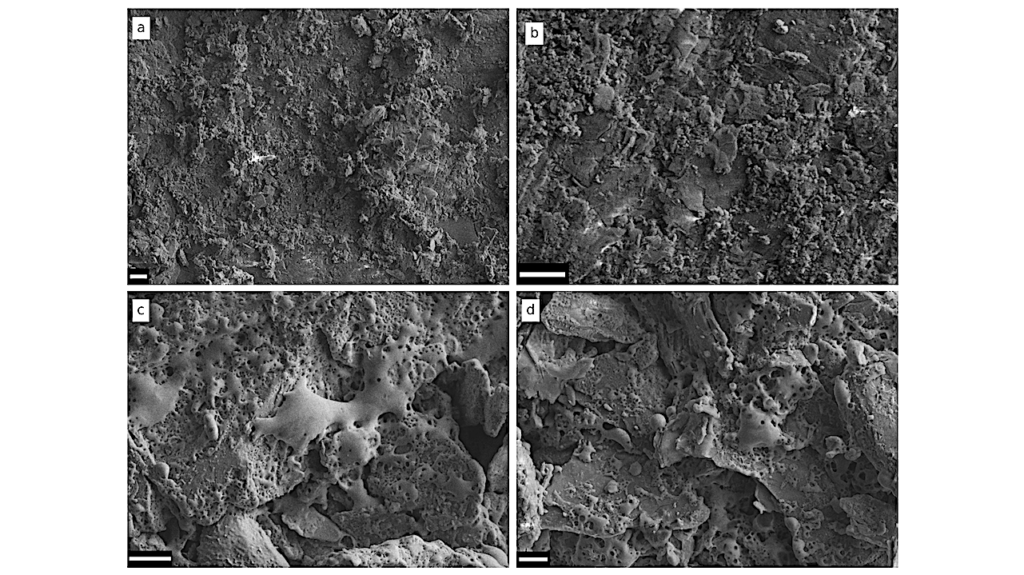Molecular Precursors Of The RNA-world In Space: New Nitriles In The G+0.693-0.027 Molecular Cloud

Nitriles play a key role as molecular precursors in prebiotic experiments based on the RNA-world scenario for the origin of life.
These chemical compounds could have been partially delivered to the young Earth from extraterrestrial objects, stressing the importance of establishing the reservoir of nitriles in the interstellar medium.
We report here the detection towards the molecular cloud G+0.693-0.027 of several nitriles, including cyanic acid (HOCN), and three C4H3N isomers (cyanoallene, CH2CCHCN; propargyl cyanide, HCCCH2CN; and cyanopropyne (CH3CCCN), and the tentative detections of cyanoformaldehyde (HCOCN), and glycolonitrile (HOCH2CN). We have also performed the first interstellar search of cyanoacetaldehyde (HCOCH2CN), which was not detected. Based on the derived molecular abundances of the different nitriles in G+0.693-0.027 and other interstellar sources, we have discussed their formation mechanisms in the ISM.
We propose that the observed HOCN abundance in G+0.693-0.027 is mainly due to surface chemistry and subsequent shock-induced desorption, while HCOCN might be mainly formed through gas-phase chemistry.
In the case of HOCH2CN, several grain-surface routes from abundant precursors could produce it. The derived abundances of the three C4H3N isomers in G+0.693-0.027 are very similar, and also similar to those previously reported in the dark cold cloud TMC-1.
This suggests that the three isomers are likely formed through gas-phase chemistry from common precursors, possibly unsaturated hydrocarbons (CH3CCH and CH2CCH2) that react with the cyanide radical (CN). The rich nitrile feedstock found towards G+0.693-0.027 confirms that interstellar chemistry is able to synthesize in space molecular species that could drive the prebiotic chemistry of the RNA-world.
Víctor M. Rivilla, Izaskun Jiménez-Serra, Jesus Martín-Pintado, Laura Colzi, Belén Tercero, Pablo de Vicente, Shaoshan Zeng, Sergio Martín, Juan García de la Concepción, Luca Bizzocchi, Mattia Melosso, Fernando Rico-Villas, Miguel A. Requena-Torres
Comments: Accepted in Frontiers in Astronomy and Space Sciences
Subjects: Astrophysics of Galaxies (astro-ph.GA); Earth and Planetary Astrophysics (astro-ph.EP)
Cite as: arXiv:2206.01053 [astro-ph.GA] (or arXiv:2206.01053v1 [astro-ph.GA] for this version)
Submission history
From: Victor Manuel Rivilla
[v1] Thu, 2 Jun 2022 14:04:58 UTC (1,201 KB)
https://arxiv.org/abs/2206.01053
Astrobiology, Astrochemistry,








